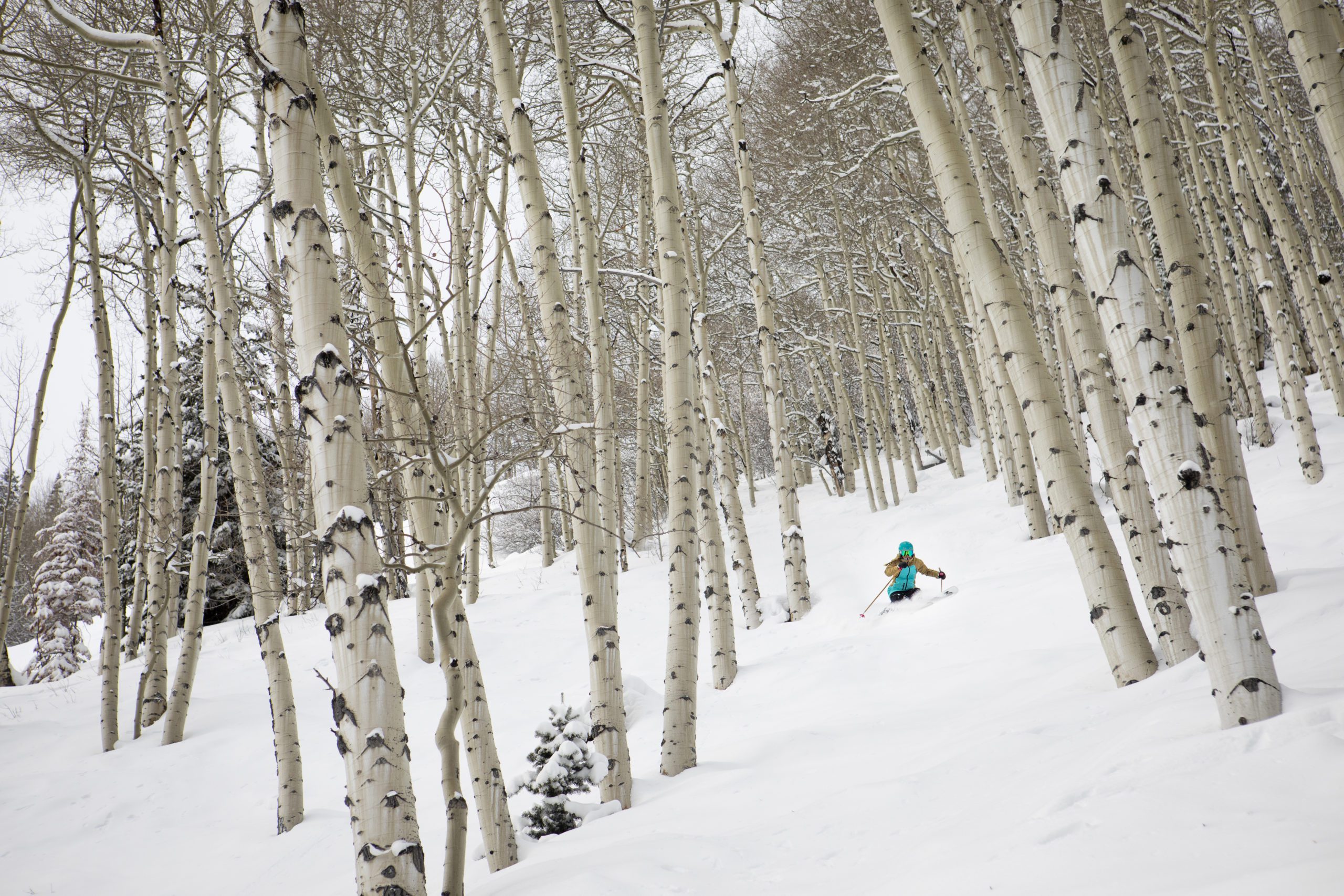23–24 season sales are closed.
Kids’ Ski Passport
23–24 season sales are closed.
Gems Discount Card
Ask us about membership.
Gold Pass



